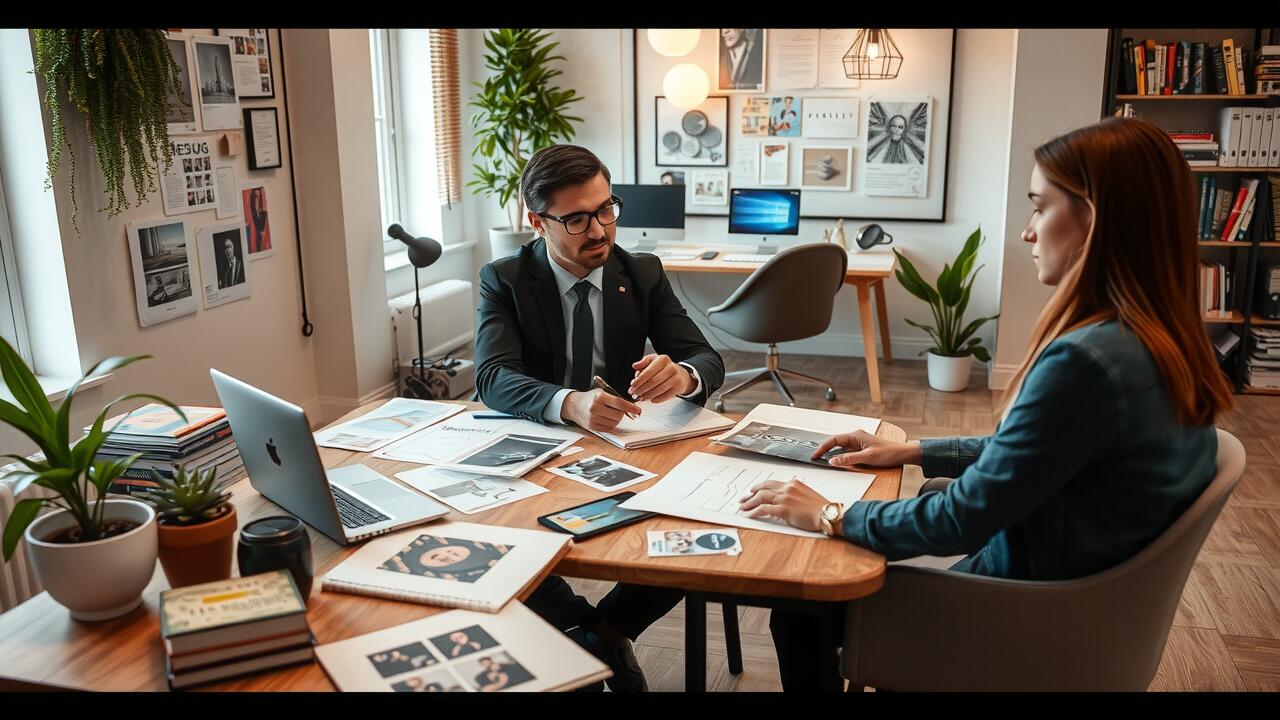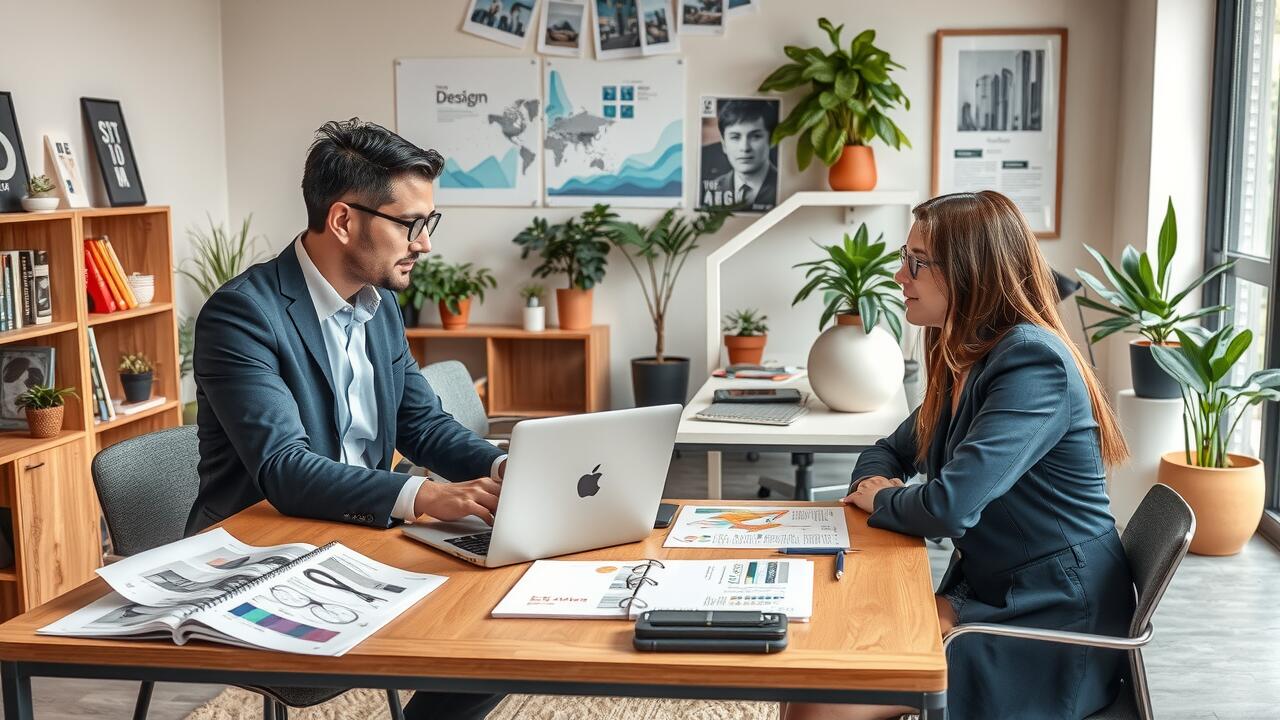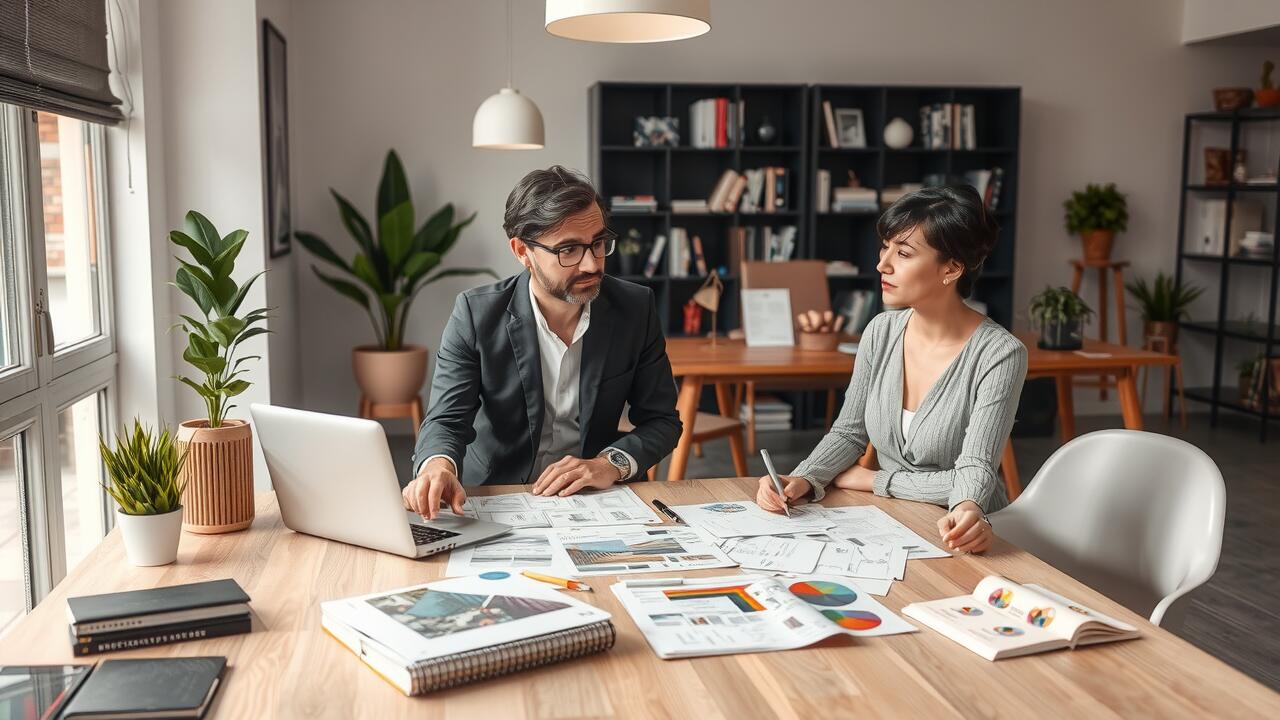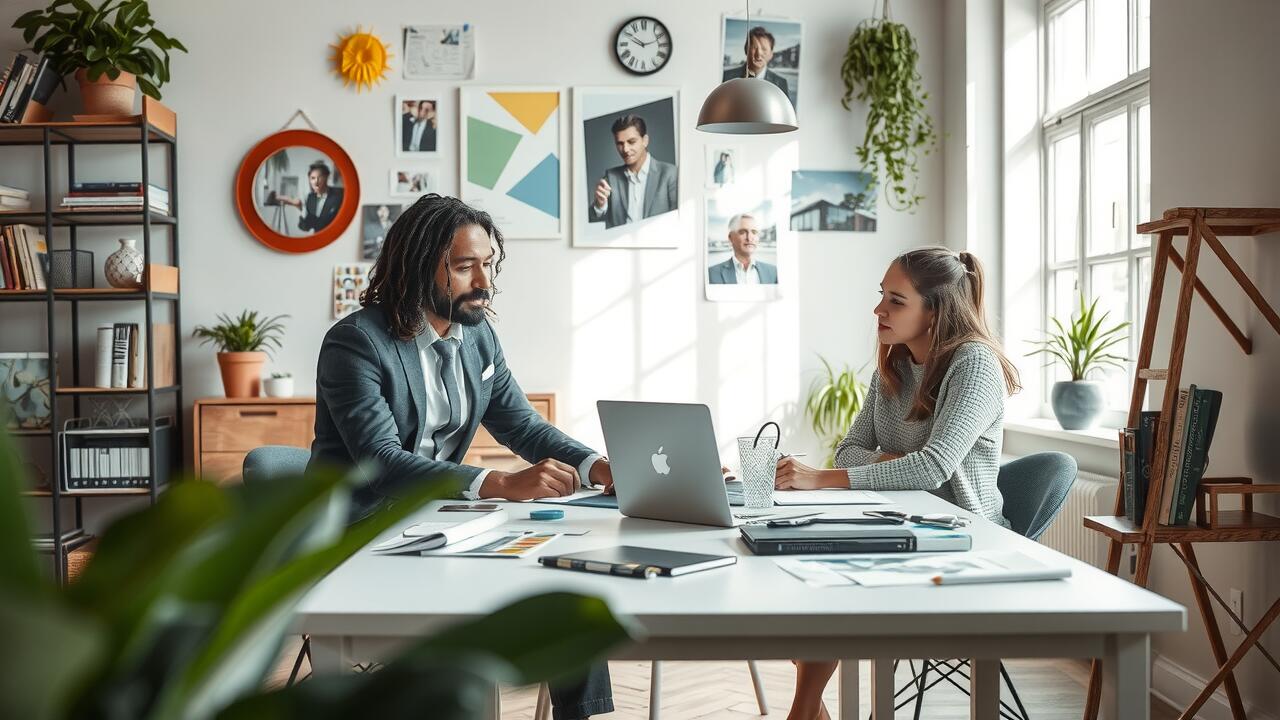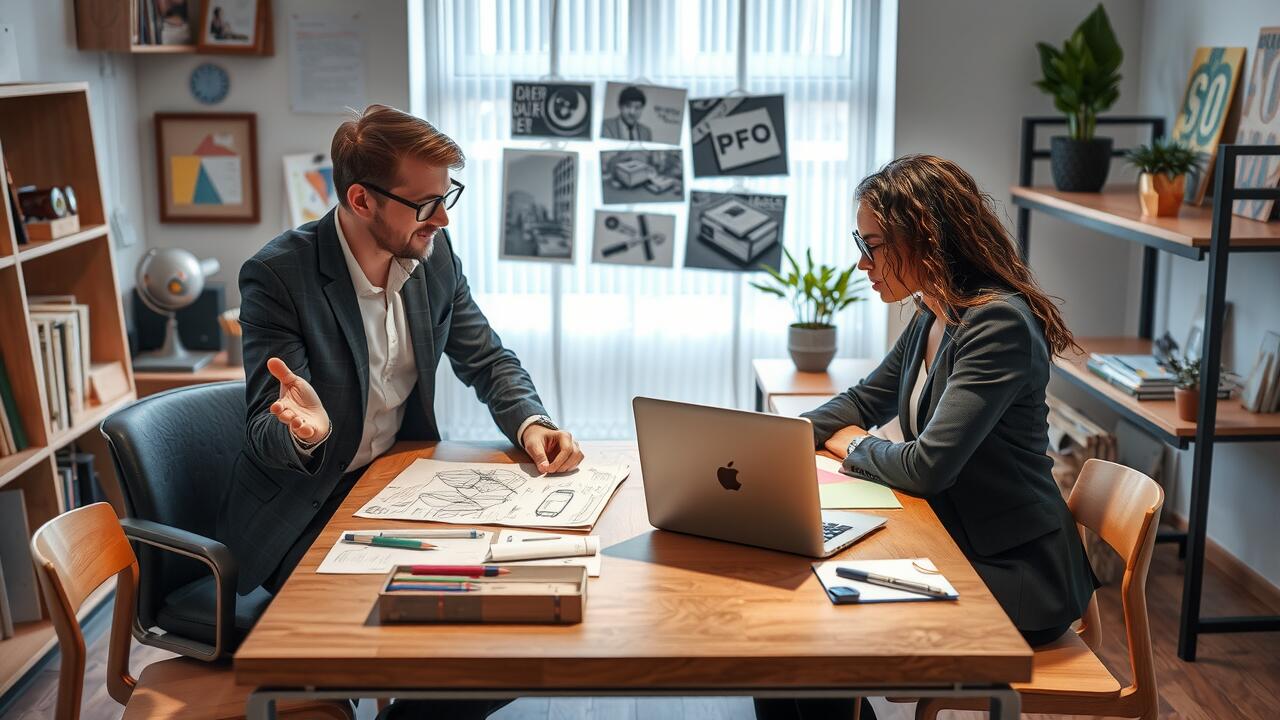
At Bathroom Fitters Stoke on Trent, our design consultation service is tailored to help you envision the bathroom of your dreams. Our experienced team works closely with you to understand your unique preferences, needs, and budget, ensuring that every detail aligns with your vision. During the consultation, we'll explore various layouts, materials, and colour schemes, offering expert advice and insights to enhance both functionality and aesthetics. Whether you're after a contemporary oasis or a classic sanctuary, we are dedicated to creating a personalised design that transforms your space into a beautiful and practical haven. Let us guide you through the process, turning your ideas into reality with style and precision.
Budget Considerations for Design Services
When embarking on a bathroom remodel, establishing a clear budget is crucial for guiding design decisions. Consider all associated costs, including materials, labour, and the designer's fee. Assessing your financial range early on allows for a seamless planning process and helps avoid any unexpected overspend later. It's essential to differentiate between necessities and luxuries. Every choice, from the type of fabric for towels to the hue of tiles, impacts the overall cost.
Once a budget is in place, exploring various fee structures can further assist in managing expenses. Designers may offer fixed fees, hourly rates, or even a percentage of the total project cost. Seeking quotations from several professionals can provide insights into the average costs within your area. Engaging in an initial discussion over the phone or via video conferencing tools like Zoom may also clarify service offerings. An honest dialogue about your budget and expectations fosters collaboration, ensuring that your dream space aligns with financial realities.
Understanding Fee Structures and Options
Fee structures in design consultation can vary significantly depending on the services offered and the complexity of the project. Some businesses may charge clients a flat fee for the entire consultation process, while others operate on an hourly rate. It is essential to inquire about any additional costs that may arise, such as expenses related to 3D renderings, floorplans, or bespoke moodboards. Understanding these elements helps to establish a realistic budget and ensures customers remain informed throughout the design journey.
Additionally, some designers may offer tiered packages that encompass a range of services, including the selection of furnishings, colour palettes, and detailed specifications for woodwork or custom features like shutters. Knowing the terms of service can aid in evaluating which option best aligns with personal requirements. Clients should also consider seeking out professionals whose tastes resonate with their own, as this synergy often enhances the overall experience and satisfaction with the final result.
Exploring Design Styles and Inspirations
When considering a bathroom remodel, a myriad of design styles can influence the overall outcome. Contemporary, traditional, rustic, and eclectic are just a few options that homeowners often explore. Each style brings its own unique charm and functionality. For instance, a contemporary space might feature sleek lines and minimalistic decor, while a rustic design might embrace natural materials and earthy tones. Homeowners should examine their existing decor and personal tastes to find an appropriate balance for their new bathroom.
Inspiration can spring from various sources, including the latest trends in home décor, nature, or even iconic architecture. Many people look to magazines, online platforms like Pinterest, and design software such as SketchUp to gather ideas. Additionally, incorporating elements like vibrant rugs, eye-catching light fixtures, or decorative flowers can breathe life into the space. Establishing a clear vision based on collected inspirations will aid in creating a harmonious atmosphere that reflects one's personal aesthetic.
Identifying Your Personal Aesthetic
When embarking on a bathroom remodel, understanding your personal aesthetic is crucial to creating a space that resonates with your style. Consider drawing inspiration from various sources such as interior design magazines, online platforms, or even social media. These resources can help you visualise different looks and allow you to explore diverse elements such as colours, textures, and materials. Pay attention to details like the silhouettes of fixtures and the finish on grouting. Each component contributes to the overall atmosphere of the room, driving you closer to a cohesive design that feels uniquely yours.
Creating a moodboard can serve as an effective tool during this phase. Gathering images of ceramic tiles, flooring options like Axminster carpets, and upholstered pieces can offer a clearer vision of how different elements harmonise. As you compile these visuals, consider the energy each one brings to the space. This visual collage not only aids in decision-making but also helps eliminate feelings of paralysis that often accompany design choices. Investing time in identifying what you love will streamline the design consultation process and ultimately lead to a more satisfying outcome.
Creating a Bespoke Moodboard
A bespoke moodboard serves as an essential tool in the design process, allowing you to compile and visualise your ideas and preferences. This collage can include a variety of elements such as colours, textures, and styles. Incorporating images of baroque style antiques alongside contemporary colour schemes can create a striking contrast. Utilising apps on your smartphone, you can effectively gather visuals that resonate with your vision, whether it’s a classic linen look or bold plaster finishes.
During the planning phase, consider the functionality of your space as well as the aesthetic appeal. Including sketches or photographs of furniture like chests of drawers can help convey the utility of the designs you desire. Engaging in video conferencing with your designer adds another layer, allowing for real-time banter and advice. Remember to account for import taxes on unique pieces; a comprehensive moodboard can streamline this process, ensuring that your expectations align with the realistic timeframe of your remodel project.
Visualising Your Ideas and Preferences
Visual aids play a crucial role in transforming abstract ideas into tangible concepts when planning a bathroom remodel. Utilising platforms that allow the creation of mood boards enables individuals to compile images, colours, and materials, bridging the gap between imagination and reality. By incorporating elements that resonate personally, such as favourite brand names in bathroom fixtures or your ideal ambient settings—perhaps inspired by a relaxing gym atmosphere or the soothing tones of classical music—one can refine the vision for their space.
Moreover, considering dimensions and layout helps in visualising how various components interact within the room. Imagining how the placement of a fireplace might affect the overall ambience can steer decisions about aesthetics and functionality. Exploring sustainability, such as opting for eco-friendly products or materials, not only supports a planet-friendly ethos but can enhance the overall user experience. Engaging in conversation with design consultants can also stimulate new ideas, allowing for a collaborative approach to creating a unique bathroom environment that reflects your tastes and preferences.
FAQS
What should I consider when setting a budget for design services?
When setting a budget for design services, consider factors such as the scope of the project, the designer's experience, materials and products needed, and any additional services like project management or installation. It's essential to have a clear understanding of your priorities and be realistic about what you can afford.
How do design fee structures typically work?
Design fee structures can vary widely, but common options include fixed fees, hourly rates, and percentage-based fees on the total project cost. It's important to discuss these options with your designer to determine what best fits your project and budget.
How can I identify my personal design aesthetic?
To identify your personal design aesthetic, consider what styles resonate with you by exploring design magazines, websites, and social media platforms like Pinterest. Create a collection of images that reflect your preferences, and think about the colours, patterns, and textures that appeal to you most.
What is a bespoke moodboard, and why is it important?
A bespoke moodboard is a curated collection of images, materials, and colours that visually represent your design ideas and preferences. It's important because it serves as a reference point for both you and your designer, helping to ensure that everyone is aligned on the vision for your space.
How can I effectively communicate my ideas and preferences during a design consultation?
To effectively communicate your ideas and preferences during a design consultation, come prepared with your moodboard, inspiration images, and a list of must-haves and deal-breakers. Be open to discussing your thoughts and listen to your designer's input, as collaboration is key to achieving the best results.
